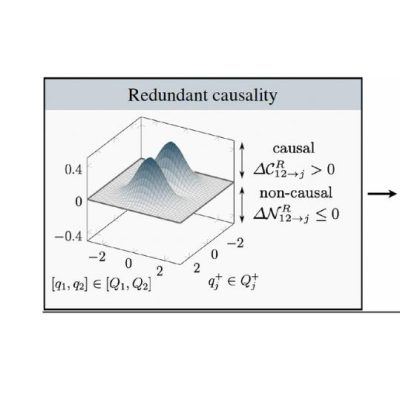
Fabrication time diagrams for in-space manufacturing of large reticulated structures
Constructing large structures in space offers a compelling opportunity to increase spacecraft capabilities and enable new missions. While many approaches have been proposed, the fabrication time of structures on orbit remains unclear. In this paper, researchers in the Aerospace Materials and Structures Lab quantify fabrication time and provide insights into the key constraints on the construction of large space structures.
Authors: Harsh Bhundiya, Michael Marshall, Zachary Cordero
Citation: Journal of Manufacturing Science and Engineering, Sept. 20 2024
Abstract:
In-space manufacturing (ISM), or the on-orbit construction of structures from raw feedstock materials, is a promising approach for building large structures for future space missions. Most research and development on ISM to date has focused on ground-based or microgravity-based demonstrations of candidate fabrication processes; however, the combined design of the fabrication process and the ISM spacecraft has not been fully investigated. In this paper, we estimate the fabrication times for ISM of reticulated support structures subject to various spacecraft constraints, including the available fabrication power, the available attitude control authority, and the avoidance of undesirable control-structure interactions.
We summarize the insights in fabrication time diagrams which depict the dominant constraints and estimates of the fabrication time for a wide range of structural geometries. Our results indicate that for large, dense structural geometries such as the curved gridshell and tetrahedral truss, the angular momentum storage of the ISM spacecraft’s attitude control system (ACS) is the dominant constraint on fabrication time. Additionally, our results suggest the following strategies for reducing fabrication time: manufacturing with multiple spacecraft; using stiff, lightweight feedstock; maximizing fabrication power and ACS capability; and minimizing spacecraft bus mass. Altogether, our results emphasize how the design of an ISM spacecraft cannot be considered independently of the fabricated structure and motivate future work on selecting optimal fabrication paths and attitude control strategies to fabricate large structures in the shortest time.

